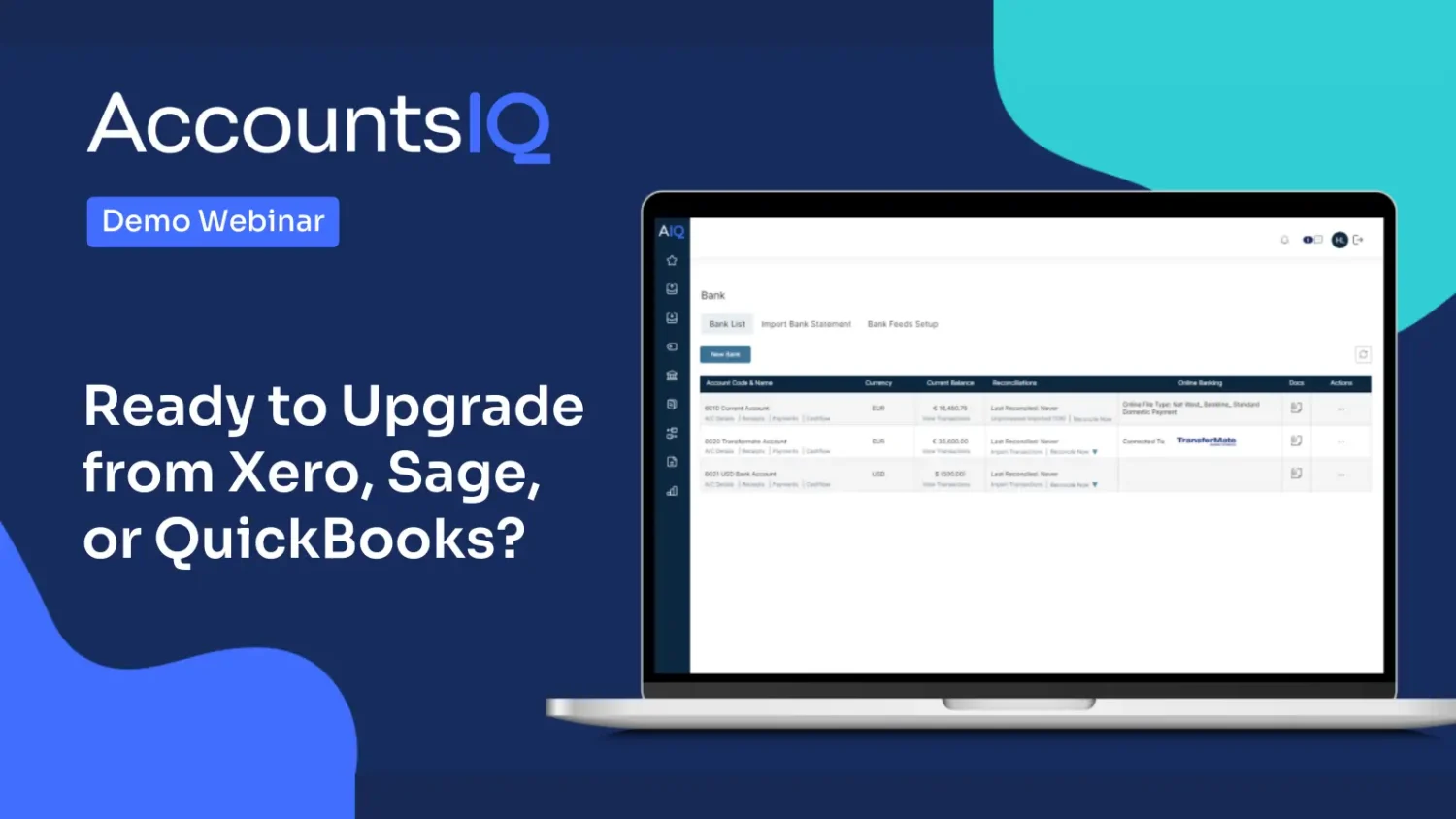Digital transformation is the catchword for 2019. According to the Economist Intelligence Unit, not only are 83% of enterprises already on their digital transformation journeys, they expect to significantly increase their investments in digital technologies over the next year. The finance and accounting function is front and center for these investments. More than half of organizations (52.8%) are currently planning digital improvements to their controller operations, according to a recent Deloitte poll of more than 1,700 finance and accounting professionals.
Finance and accounting a top priority for RPA
Robotic Process Automation (RPA) is the core technology in finance transformation plans: more than one in three finance professionals say that RPA is a top priority. By deploying RPA, businesses can automate manual and Excel-based finance processes and streamline financial operations across a fragmented legacy system environment which reduces errors and compliance risks
What is RPA? Robotic Process Automation (RPA) is software that automates simple, repeatable, and high-volume tasks traditionally performed by humans. With RPA software robots, or “bots,” all those mundane rule-based, business processes can be automated, freeing up employees to devote more time to serving customers or actively engage in higher value work.
Benefits of deploying RPA
Most businesses initially apply RPA in finance and accounting with the goal of saving money and improving cash management. For example, Automation Anywhere customer Quad Graphics automated more than 50 finance processes and increased cash flow by $10 million a day by processing accounts receivables more efficiently. And Quad Graphics has gotten so good at RPA that new bots only take 10 weeks to deploy, allowing them to automate faster.
But it’s important to think beyond cost reduction and reducing headcount. Rather, think in terms of enhanced productivity and efficiency, enabling your existing human workforce to do more—and higher value—work for you. According to KPMG, 68% of companies deploy RPA to drive cost savings, but also to achieve improvements in the following areas:
- Enable employees to focus on higher value, strategic work by reducing manual, repetitive labor (40.5%)
- Reduce human error and improving internal controls and compliance (23.5%)
- Improve visibility into future risks and opportunities by testing wider data sets and helping employees use their uniquely human capabilities to analyze trends and anomalies (16.9%)
Examples of processes automated by RPA
By 2020, RPA will eliminate 20% of non-value-added tasks within the office of finance, according to Gartner. Bots can be programmed to automate a broad range of finance operational processes without human intervention. Here are some examples of where RPA can be used to automate finance processes:
Financial operations and accounting: Reconciliations, manual journal entries, intercompany settlements, fixed asset management, regulatory and external reporting.
Financial planning and analysis: Budgeting, forecasting, variance analysis, and management reporting.
Treasury operations: Bank statement consolidation, consolidated cash position reporting, cashflow forecasting, FX exposure forecasting as well as hedging, and ACH/wire-payments.
Accounts payable: Vendor setup, purchase order creation, invoice validation, invoice and lease payments, travel and expense reimbursements, and payables reporting.
Accounts receivable: Customer setup, sales order processing, invoice creation, collections, payment processing, and receivables reporting.
Three steps to successful automation in finance and accounting
With more than one million bots deployed at more than 2,800 customer entities, Automation Anywhere has learned through experience the best way to deploy RPA in finance and accounting functions. Here’s a three-step process for success.
Here’s a three-step process for success:
Step 1: Select the right processes
First, it is critical to choose appropriate processes to automate. Choose manual, repetitive, data-intensive tasks that follow strict rules and don’t require human judgment to complete. These processes should be relatively mature—that is, not likely to change frequently. And make sure you have a business sponsor on board.
Step 2: Start small and fail fast
Next, start small. A proof-of-concept project will get your organization comfortable with RPA. After you achieve some quick wins, begin to identify opportunities to scale. And don’t be afraid to fail since it’s a critical part of the innovation process. In fact, you should quickly acknowledge when an automation idea is not working, and quickly move on to the next.
Step 3: Organize for success
It’s very important to create a centralized RPA Center of Excellence (CoE). This can be a small team staffed with people who possess key skillsets such as RPA know-how and project/change-management capabilities. The CoE should be supported by designating RPA automation leads within each business unit in a “federated” model.
Conclusion: Getting started on the RPA journey
According to the Deloitte Global RPA Survey, 53% of all businesses have already started on their RPA journeys—a number that will rise to 72% within 24 months. If this rate of adoption stays constant, Deloitte believes that RPA will achieve “near-universal” adoption within the next five years.
Isn’t it time for your firm to advance along its RPA path?
Was this article helpful?
YesNo

